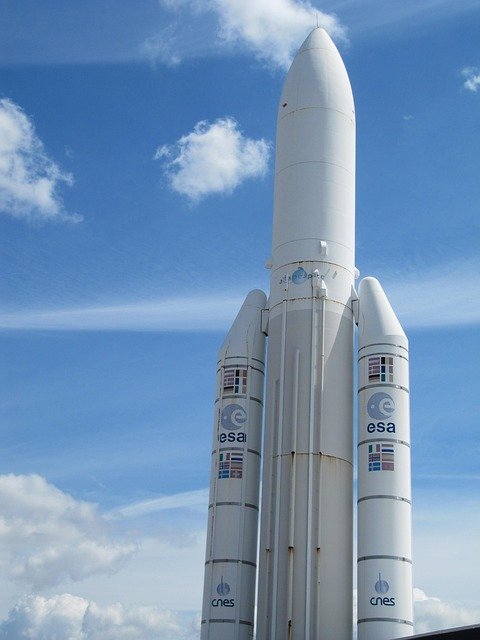Aerospace Engineering Degree: Curriculum, Skills, and Career Paths
An aerospace engineering degree trains students to design, analyze, test, and maintain vehicles that operate in air and space. Programs combine mathematics, physics, materials science, and specialized courses in aerodynamics, propulsion, structures, and control systems. Students learn through lectures, laboratory work, simulation software, and team-based projects that mirror real engineering practice. The degree prepares graduates for roles in industries working with airplanes, aircraft systems, and spacecraft, and it provides pathways to advanced study or professional licensure.

Airplane design and aerodynamics in the program
Courses on aerodynamics and airplane design teach how lift, drag, stability, and control affect fixed-wing vehicles. Students study fluid mechanics and computational fluid dynamics (CFD) to model airflow around wings and fuselages, and they use wind-tunnel testing to validate designs. Projects often include creating performance estimates, weight and balance calculations, and preliminary structural sizing for small aircraft concepts. Practical lab work and software tools bridge theory with hands-on airplane performance evaluation.
What aircraft systems and disciplines are covered?
Aerospace degrees address the major systems that make aircraft operate: propulsion, avionics, flight control, landing gear, and environmental control. Electrical and mechanical engineering fundamentals support learning about sensors, actuators, and onboard computing. Systems engineering principles are emphasized so students can integrate subsystems and manage trade-offs in safety, reliability, and maintainability. Exposure to certification standards and manufacturing processes gives context for real-world aircraft development and maintenance.
How spacecraft topics appear in the curriculum
Spacecraft modules introduce orbital mechanics, spacecraft propulsion, attitude determination and control, thermal design, and space environment effects. Students learn mission design basics, such as transfer orbits, delta-v budgeting, and spacecraft subsystem integration. Laboratory work may include small-satellite (CubeSat) projects, hardware-in-the-loop testing, and use of simulation tools for trajectory and attitude analysis. These topics prepare graduates for roles in launch providers, satellite operators, research institutions, and space agencies.
Which core engineering skills and tools are developed?
Students build core engineering skills in mathematics, mechanics, thermodynamics, materials, and control theory. Practical proficiencies include CAD for structural layout, finite element analysis (FEA) for stress and fatigue assessment, CFD for airflow simulation, and programming for control algorithms and data analysis. Soft skills such as technical communication, project management, and collaborative problem solving are reinforced through team projects and capstone design courses. Accreditation by recognized bodies and exposure to laboratory standards ensure consistent engineering rigor.
How does the education pathway and career outlook unfold?
Typical pathways begin with a bachelor’s degree in aerospace engineering or a related field, followed by optional master’s or doctoral study for specialization in areas like propulsion, structures, or space systems. Internships, cooperative education, and research assistantships are common and often crucial for employability. Career roles include design engineer, systems engineer, flight test engineer, propulsion specialist, or mission analyst, across sectors such as civil aviation, defense, and space exploration. Professional licensure or certification may be relevant for certain roles and regions.
Aerospace education emphasizes experiential learning: capstone projects, industry-sponsored design challenges, and internship experiences frequently form the backbone of applied learning. These opportunities let students apply classroom theory to build prototypes, conduct tests, and present technical results—skills that employers value when evaluating readiness to work on airplanes, aircraft subsystems, or spacecraft missions.
Conclusion
An aerospace engineering degree offers a structured mix of theoretical foundations and practical experiences focused on the design and operation of vehicles for air and space. Through specialized coursework in aerodynamics, propulsion, structures, and systems integration, plus hands-on labs and project work, graduates acquire technical tools and professional skills applicable to a wide range of careers supporting airplanes, aircraft systems, and spacecraft technologies.






